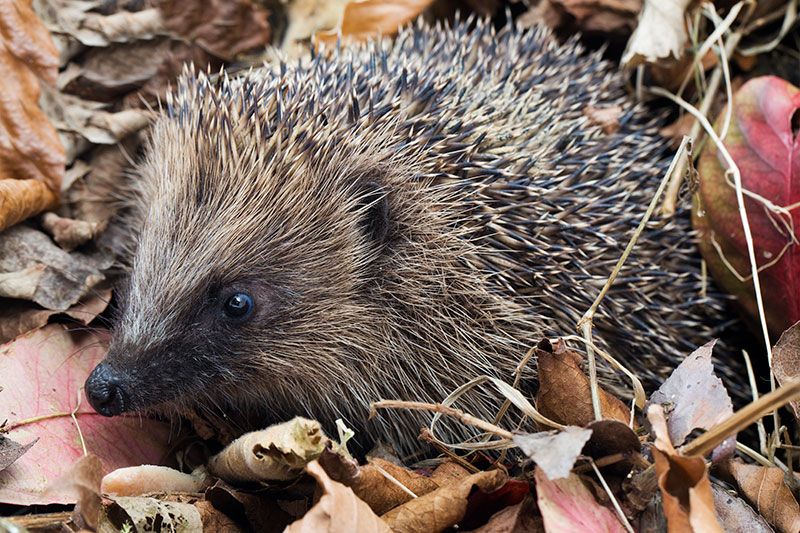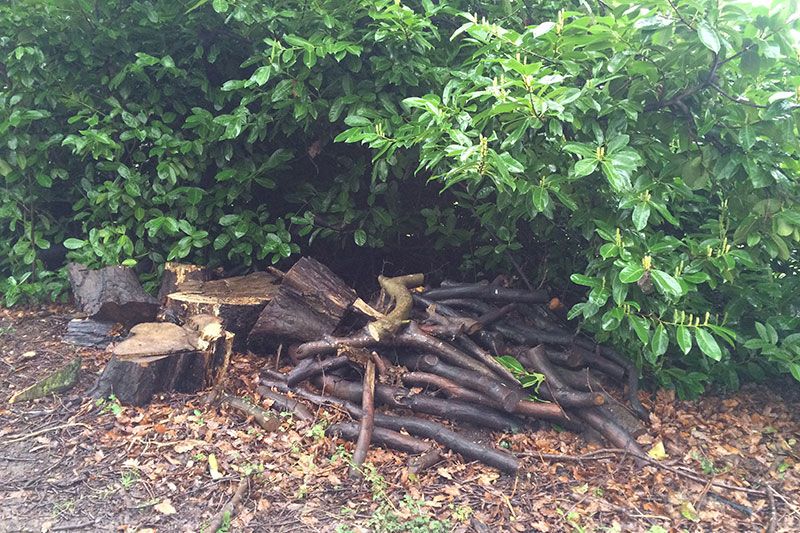How can we help hibernating hedgehogs?

We know hedgehog numbers are dropping in the countryside and we need to understand why
Funding for this project has now finished
The consequences of disturbing nesting hedgehogs
Hedgehogs are one of our most easily recognised wild animals. And they’re one of the nation’s favourite too. But hedgehogs are in decline. As their numbers drop we’re trying to find out why so that we can address the threats and help them recover. Like bats and hazel dormice, hedgehogs hibernate throughout the winter. Although hibernation means these animals can live relatively longer than other animals which may be a similar size, it also means they’re at risk and potentially very vulnerable, especially if they are disturbed in their nest and have to move and take shelter elsewhere.

Radio-tracking to inform land management
We know hedgehog numbers are dropping in the countryside and we need to understand why. So Lucy Bearman-Brown has been radio-tracking hedgehogs in different parts of the country to find out where they nest, how often they wake up, whether they move nests during the winter, and if winter mortality is high. Lucy will also weigh the hedgehogs before and after hibernation to see how much weight they lose. By gathering all the evidence, we hope to find out what makes a safe hibernation site so that we can ensure farmers and landowners provide plenty of them. We’ll know what type of areas to carefully search before winter management works can take place, so hedgehogs are disturbed or, worse, injured. With the right information, we will be able to provide help for hedgehogs when they most need it.
Thank you to all our donors who helped us fund this work. You can help us support more projects like this with a donation today:
